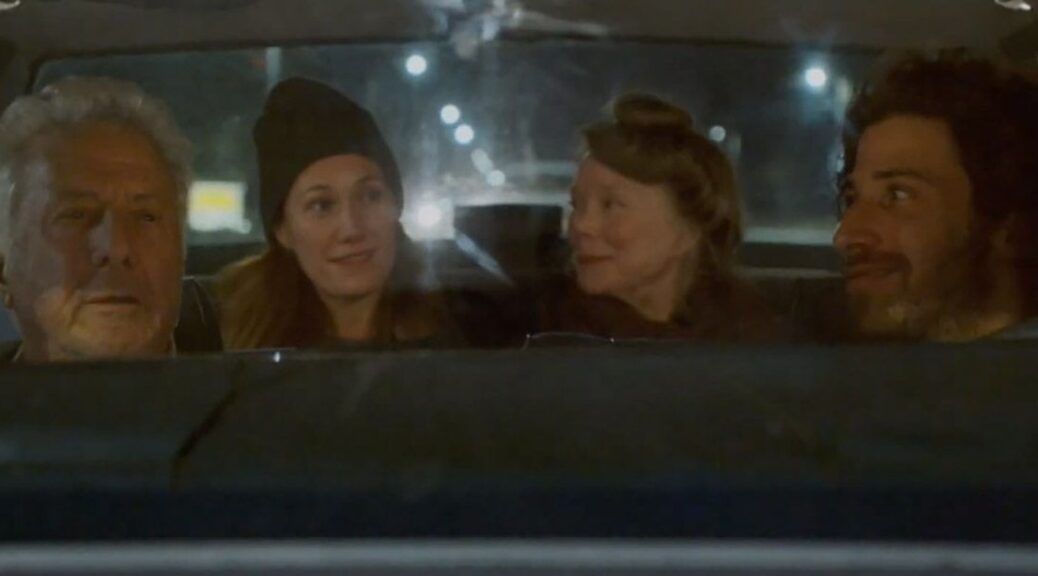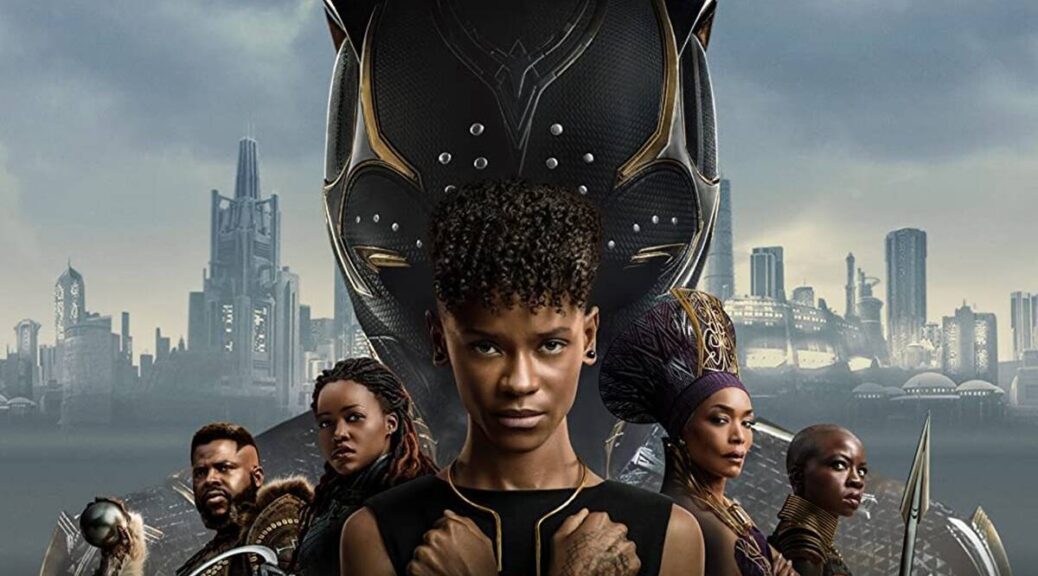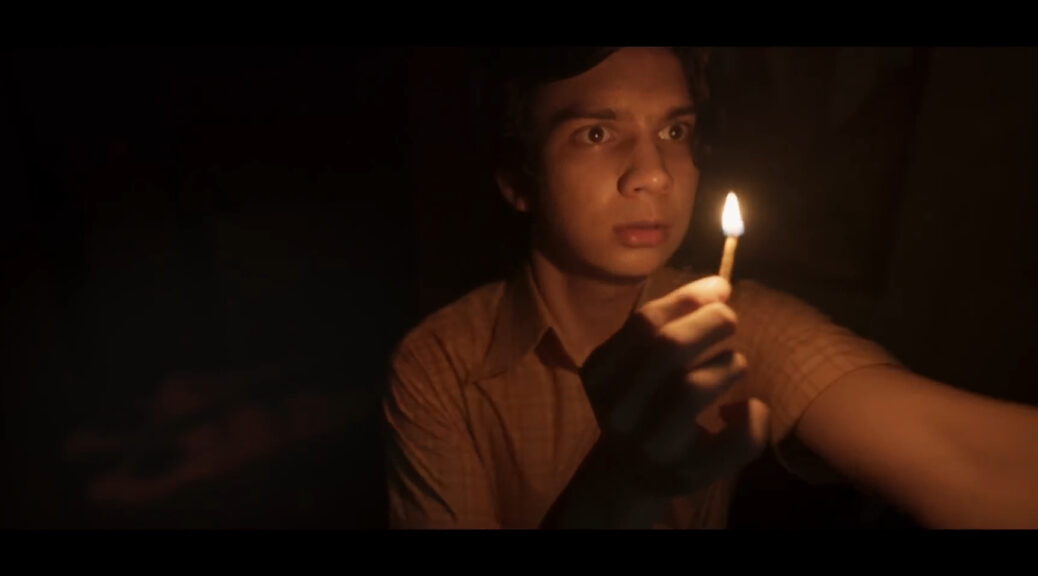Sam & Kate
by Hope Madden
Film right now is littered with “geezer teasers” – lowish budget action flicks with inflated cameos from aging actors who were once the world’s biggest box office draws. Bruce Willis and John Travolta have one right now. Mel Gibson has one every other week.
Wouldn’t it be lovely to see a film that casts veteran actors in challenging roles that respect the actor, their age, and the audience? Yes, it would. The proof is called Kate & Sam.
Dustin Hoffman and Sissy Spacek co-star in the indie dramedy about resilience, grief and family. Hoffman’s Bill, a boisterous widowed veteran, lives modestly with his good-natured son, Sam (Jake Hoffman, coincidentally Dustin Hoffman’s actual son).
Father and son fall, almost simultaneously, for Spacek’s Tina and her daughter, Kate (Schuyler Fisk, coincidentally Spacek’s daughter – not that you could miss it with that pointed little nose).
As much as the family ties may seem like a gimmick, the truth is that they bring unmistakable depth and rapport to the pairings. Writer/director Darren Le Gallo mines this repeatedly in large and small ways to create a believable, rich environment for pathos and love. Even small details breathe with authenticity touched lightly by nostalgia. You can imagine Bill’s recliner and afghan perhaps belonging to Le Gallo’s own father, while the stash of family photos clearly, sweetly come from the Hoffmans.
Le Gallo never condescends, mercifully. His small town is possibly hipper than most, but the way the film expresses a healthy respect for vintage materials is impressive.
Spacek is the adorable, natural presence she’s always been in a film that looks without mockery but with humor at the toll life takes on us all. She and Hoffman are, as expected, excellent. But they never outshine their kids.
Fisk’s elegant, frustrated Kate is a solid anchor for the film’s drama, but Jake Hoffman is its heartbeat. With him in the lead, Le Gallo is able to make a lot of subtle points about fathers and sons, masculinity and acceptance. Most of all, the film balances loss and resilience beautifully.
Le Gallo’s first feature delivers grace and goodwill in ways that are genuinely uncommon. It doesn’t tell a big story, but the story it tells resonates. Yes, he lucked into a dream cast, but they may have been luckier still to have him.












